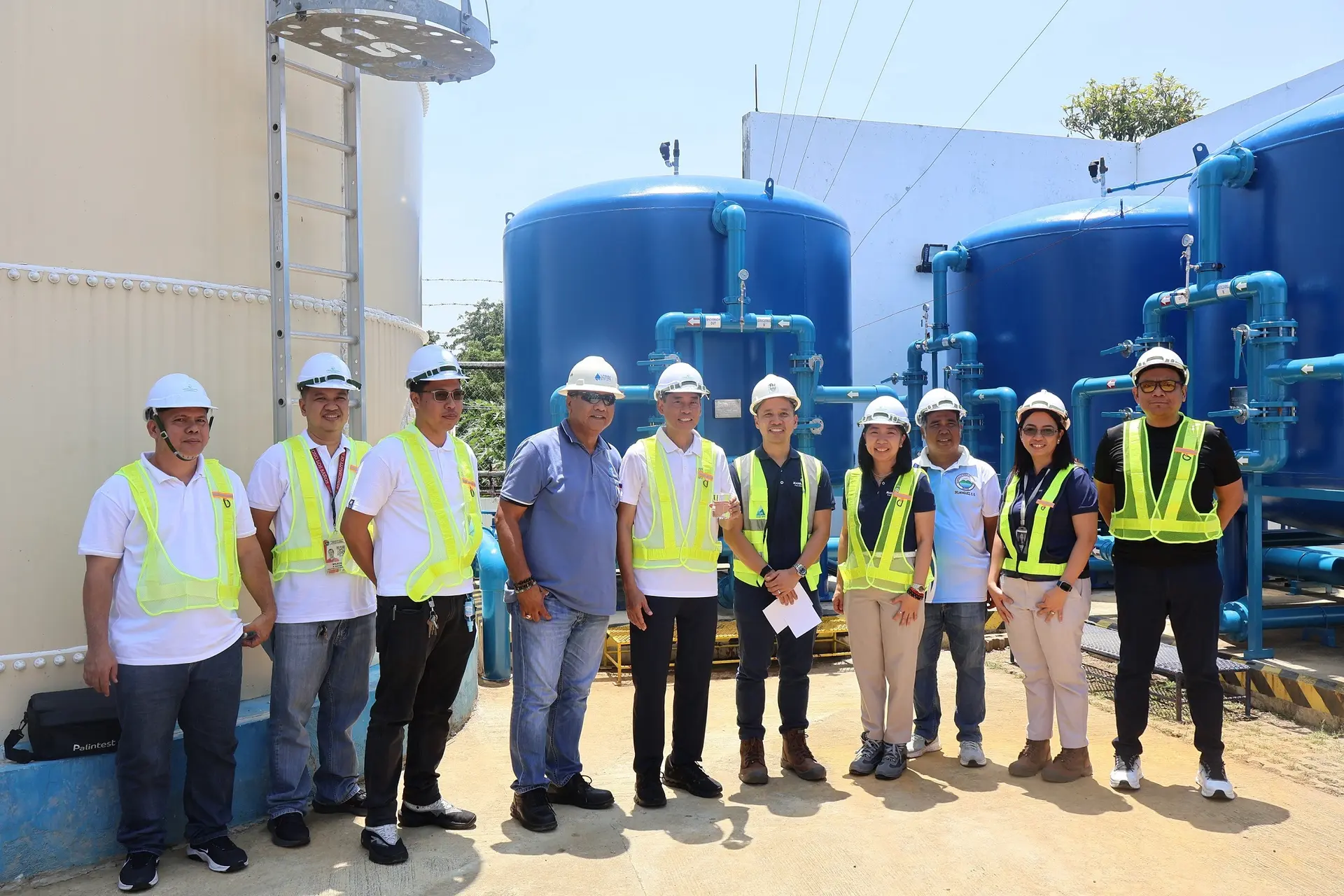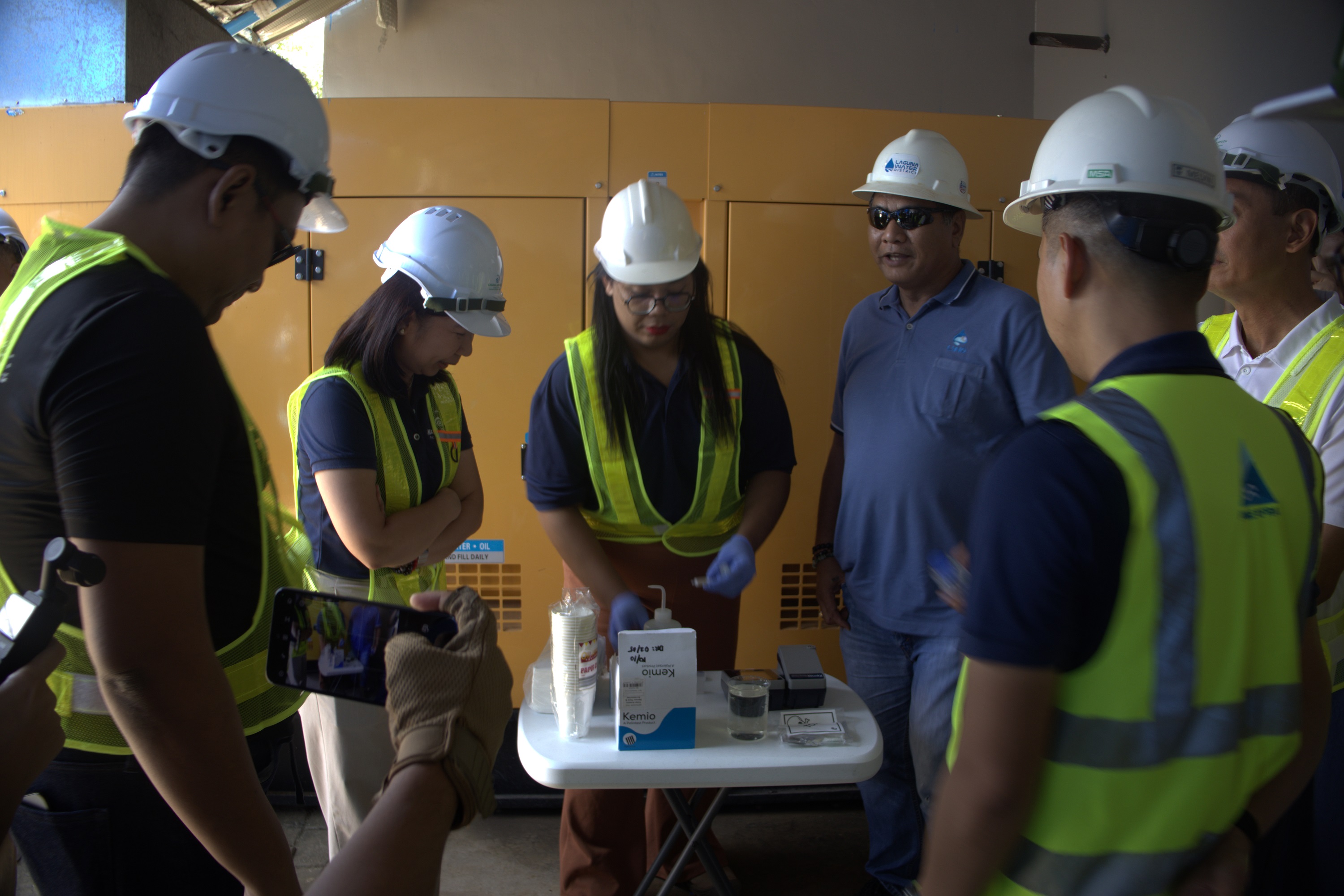
"Ensure the cleanliness of the water"
A septic tank serves as an underground container designed to collect and treat wastewater from households and businesses that are not connected to a centralized sewer system. It plays a vital role in maintaining public health and protecting the environment by effectively managing and disposing of human waste.
Septic tanks are commonly found in rural areas or properties located far from municipal sewer lines. They provide a self-contained sewage treatment system that ensures the safe and efficient breakdown of organic matter, preventing the contamination of groundwater and nearby water bodies.
One of the primary purposes of a septic tank is to separate solid waste from the liquid effluent. As wastewater enters the tank, it undergoes a natural process of decomposition, where bacteria and enzymes break down the organic materials. The solid waste settles at the bottom of the tank, forming a layer of sludge, while the liquid effluent rises to the top.
The liquid effluent, which contains fewer solids, exits the septic tank and enters a drainage field or leach field. This field consists of perforated pipes buried in gravel-filled trenches, allowing the effluent to percolate into the surrounding soil. Through this process, the soil acts as a natural filter, further purifying the wastewater before it reenters the ecosystem.
"Laguna Aquatech rolls out DMI-65 technology in inaugural Lakbayan Tour"

MANILA, Philippines - The guided educational trip brought local leaders and key stakeholders including Los Baños Mayor Neil Nocon, Los Baños Vice Mayor Marlo PJ Alipon, Laguna Water District General Manager Joel Lapis, Manila Water Chief Operating Officer for Non-East Zone Melvin Tan; and Manila Water Regional Operations Group Director for Luzon Maidy Lynne Quinto, to the Bayog and Vega Pump Stations where they were introduced to LARC’s newest treatment innovations, particularly the DMI-65 filtration technology a cutting-edge process designed to remove iron, manganese, and arsenic during water treatment.
“This is part of our commitment to deliver water that is not only safe but also meets the highest quality standards for drinking water,” said Laguna Aquatech General Manager Arra Patricio.
The DMI-65 technology, first pilot-tested at the Umali Pump Station in 2024, successfully met the Philippine National Standards for Drinking Water (PNSDW). Following the trial’s success, Laguna Aquatech began rolling out the system across its network. To date, five pump stations Umali, Bayog, Vega, Lopez Heights, and LA Village have been equipped, with full coverage targeted by the first quarter of 2026.

“Lakbayan”, Manila Water’s water trail program, provides an in-depth look at Manila Water and its operating units’ operations — tracing the journey of water from its natural source through advanced treatment processes to final distribution. The experience deepens public understanding of the Company’s commitment to delivering quality, potable water to communities in the communities it serves.
More than a facility tour, Lakbayan also serves as a platform for transparency and collaboration, allowing participants to gain firsthand insight into ongoing projects aimed at protecting public health, improving service reliability, and meeting growing water demand.
Following the successful Los Baños run, Laguna Aquatech has scheduled additional Lakbayan tours in other municipalities within its service area to continue engaging local leaders and communities on its water quality improvement initiatives.
Laguna Aquatech says its continuing investments in water treatment reflect a broader mission: to ensure every household in its service area enjoys safe, sustainable, and high-quality water.